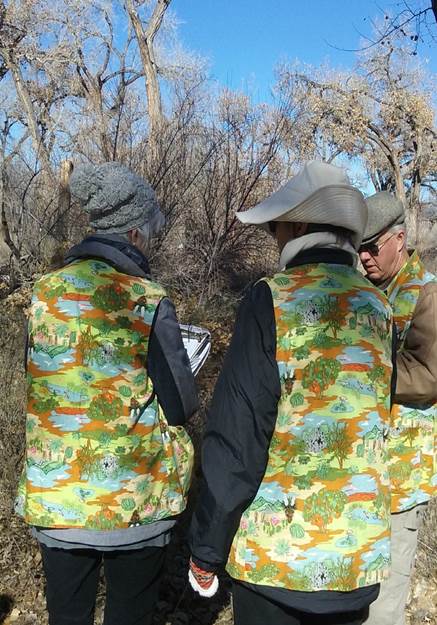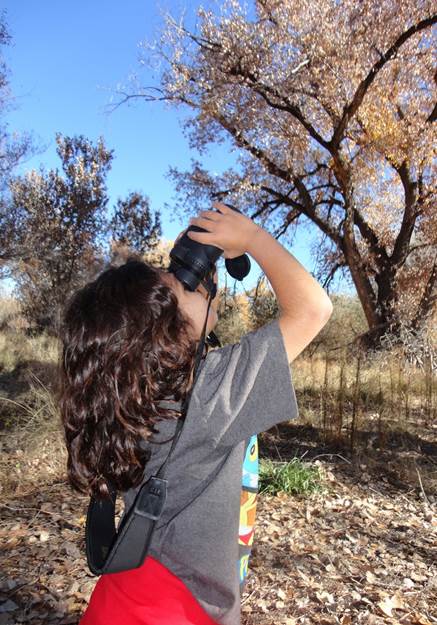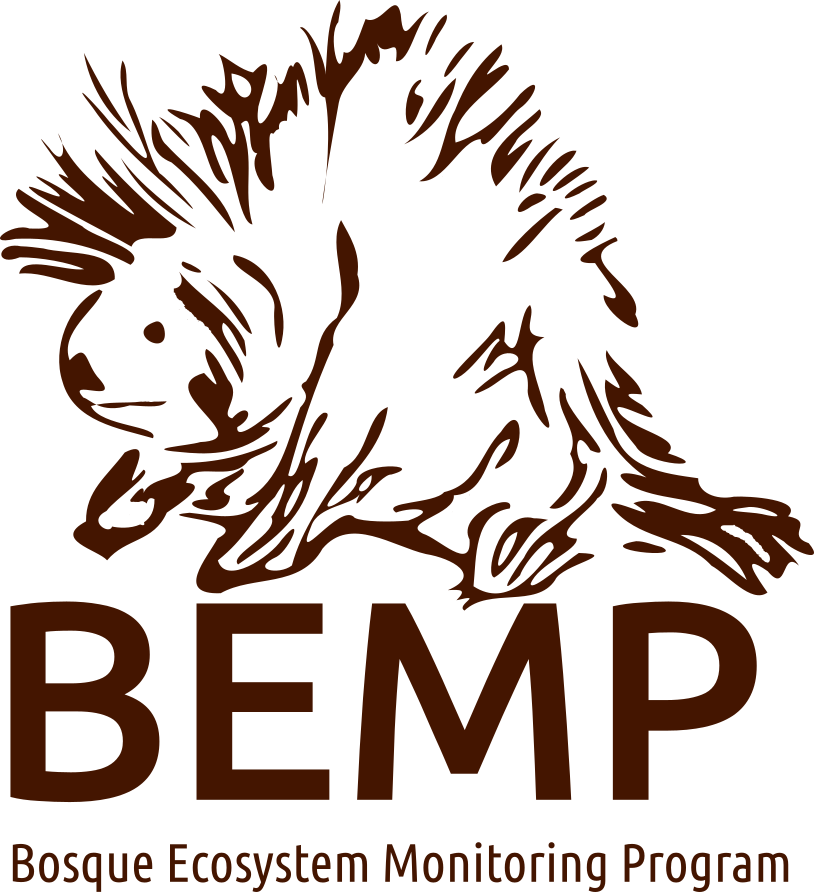Rio Grande Phenology Trail
The Rio Grande Phenology Trail (RGPT) is a network of refuges, parks, public gardens, schools and organizations observing the seasonal changes of plants and animals along the Rio Grande from Las Cruces to Santa Fe, NM. We are a collaborative project connecting students, volunteers, and community members to long-term research on the impacts of a changing climate and changing environments on the plants and animals of the Rio Grande watershed.
Initiated in 2012 as a pilot project through the National Phenology Network and Valle de Oro National Wildlife Refuge, the RGPT has grown into a broad collaborative partnership between the USA NPN, Valle de Oro NWR and BEMP. The objectives of this collaboration are many-fold; using the online observation platform Nature’s Notebook, RGPT observers are collecting data on a suite of focal species that will help inform restoration and management decisions at Valle de Oro NWR. This collaboration is made possible through grant funding with the US Fish and Wildlife Service Valle de Oro NWR and is hosted through BEMP.
The USA National Phenology Network is a consortium dedicated to collecting, using and sharing phenology data, models and related information to support researchers, resource managers and the public in making decisions about variable and changing climates and environments.
Through their web-based monitoring platform called Nature’s Notebook, the USA NPN works to promote public participation in phenology monitoring to encourage understanding of plant and animal phenology and its relationship with environmental change.
Research Objectives
Valle De Oro National Wildlife Refuge and the NWR system are using phenology as a key indicator of change on refuge lands. Using Nature’s Notebook along the Rio Grande Phenology Trail helps us to integrate management and science objectives with education and outreach objectives.
Rio Grand Phenology Trail partners are using phenology data to gather information on the timing of phenophases of Rio Grande cottonwoods (Populus deltoides wislizenii) and Siberian elm (Ulmus pumila) as well as a suite of migratory and resident bird species. Additionally, trail partners are collecting phenology data on North American porcupine, coyote, Gunnison prairie dogs, desert cottontail, and NM Whiptail lizards, and a host of different plant species.

As Valle de Oro prepares for an ecological restoration project that will transform agricultural fields into a diversity of native habitat types phenology observers are helping to:
- Document baseline information on the species present on the refuge before wetland construction. We are looking at both species richness and abundance.
- Document baseline information on the timing of phenological events in the Rio Grande cottonwood and Siberian elm
- Gather information on how species richness and abundance as well as the timing of phenological events changes in response to changing climate and environments (management activities, etc).
- Track ecological conditions of the Rio Grande watershed along latitudinal and urban gradients.

Data collected along the RGPT is public and available through the USA National Phenology Network. Data sets from several species monitored along the RGPT are supporting USA National Phenology Network regional campaigns. These campaigns connect data on specific species to researchers working on questions about the phenology of southwestern grasses and shrubs (Southwest Season Tracker campaign), researchers looking at nectar and forage availability for migratory pollinators (Nectar Connectors), and researchers developing forest management models (GreenWave Southwest).
Click the image below for more info about phenology monitoring at Valle de Oro.

Meet our Trail Partners
Through partnerships, VdO is able to extend the boundaries of their 570 acre refuge, connecting to the greater Albuquerque area community not just on the refuge proper but along the middle Rio Grande corridor. The Rio Grande Phenology Trail engages a wide variety of community groups in tracking the ecological conditions of plants and animals and their response to environmental and climatic change.
Santa Fe Botanical Garden
Bosque Ecosystem Monitoring Program
Manzano Day School
ABQ BioPark Botanic Garden
Valle de Oro National Wildlife Refuge
Talking Talons Youth Leadership
Whitfield Wildlife Conservation Area
Sevilleta National Wildlife Refuge
J Paul Taylor Academy
Zia Middle School
Mesilla Valley Bosque State Park – BEMP South




